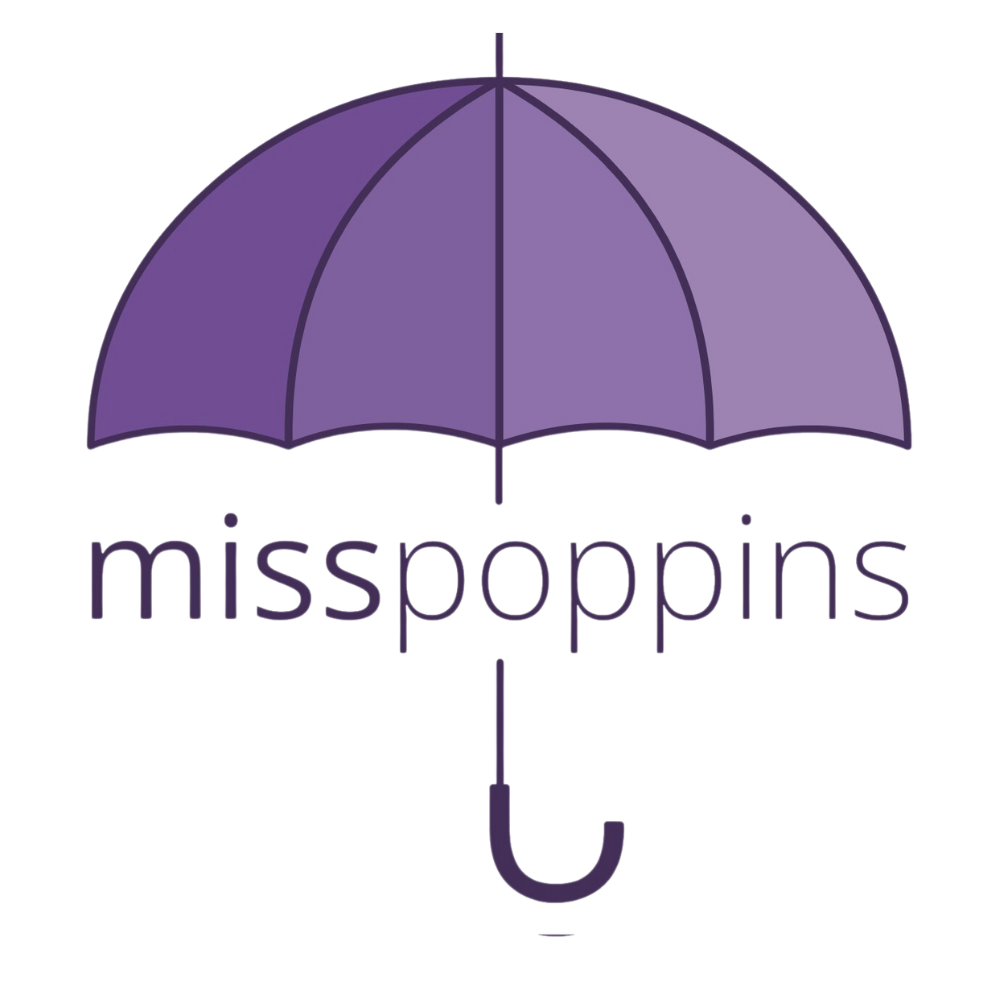How To Organize Your Toddler’s Day
Routines provide toddlers with a sense of security and emotional safety, crucial for their development. In this guide, we'll explore how to establish effective routines and schedules that offer the right balance of structure and flexibility, allowing your toddler to develop independence and agency.
Establishing Daily Routines
Creating predictable daily routines helps toddlers understand what to expect and when to expect it, which can significantly reduce anxiety and resistance. For instance, establish a consistent bedtime routine that might include activities like "bath time" followed by "tooth brushing time" after dinner but before bed. This structure gives toddlers a sense of control over their environment.
Choice Within Routines: It’s beneficial to offer limited choices to empower your toddler. Instead of asking, "What do you want to do today?" provide specific options: "Would you like to go to the park or the library today?" This approach helps toddlers make decisions within a safe framework you’ve created.
Communicating Changes and Plans
Change can be challenging for toddlers. When plans must shift, it's important to communicate these changes clearly:
Example: If a visit to Grandma's house needs to be postponed, explain, "We can't see Grandma today because the baby is sick, and we don’t want Grandma to get sick. Let’s plan to see her next week."
Using tools like a DIY magnetic calendar can visually reinforce schedules and transitions. This calendar allows toddlers to see and manage their daily activities, which enhances understanding and participation.
DIY Magnetic Calendar Instructions
Materials Needed: Laminated pictures with magnets, such as icons for common activities (e.g., a book, a toothbrush, a bed).
Setup: Place these icons on a magnetic board or the refrigerator to visually map out the day’s routine.
Engagement: Encourage your toddler to arrange their daily schedule using these icons, providing them with a tactile and visual method to understand time and sequence.
Managing Transitions with Communication
Transitions between activities are often sources of stress for toddlers. To ease these transitions:
Give Advance Notice: Use a timer to provide a 5-minute warning before transitioning from one activity to another, helping prepare your toddler for the change.
Review Plans: Regularly review the day’s schedule using the magnetic calendar, and encourage your toddler to articulate the schedule back to you. This reinforces understanding and gives them a sense of participation in the daily planning.
By establishing clear routines, communicating plans effectively, and offering appropriate choices, you can help your toddler navigate daily life with greater ease. These strategies not only foster independence and security but also strengthen your bond through consistent and supportive interactions.
Additional Tips:
Utilize multiple communication methods, including verbal instructions and visual aids, to reinforce understanding.
Be consistent in enforcing routines and limits to help your toddler trust and rely on the daily schedule you establish together.

